This feature was taken from our special Electric Vehicle Charging Insight report.

On paper, home charging is a win-win scenario for many fleets. The cost of plugging in at a domestic property is significantly lower than using the public network, while vehicles can also charge overnight and start each day with a battery topped up to the required level. This reduces the potential for downtime during the day.
Research has also consistently shown the majority of electric vehicle (EV) drivers charge at home. Studies by National Grid have found around 75% of EV owners plug in at their dwelling, while Zenith polled almost 2,800 of its EV customers and found 69% of respondents primarily rely on charging off-street at home.
“As a general rule of thumb, home charging is a win for fleet managers and drivers alike,” says David Lewis, co-founder and CEO of MoveEV.
“However, a number of scenarios make a home-first approach to charging a poor fit.”
These include fleet vehicles returning to a central depot overnight, as well as the high proportion of properties which are not suitable for home charging.
A Fleet News survey found that vans spend 76% of their time charging at work with the remaining time split between home and public – mainly due to lack of off-road charging opportunities.
Cost
There are two elements to the cost of home charging for an employer: whether they pay for the driver to have an AC charge point installed at their home, and the cost of charging itself.
A recent survey by Fuel Card Services found 61% of fleets helped employees with the cost of installing a home charger; 33% offered access to an interest-free loan to pay for their charge point and 28% paid for it outright. There is no benefit-in-kind (BIK) tax liability if employers cover these costs.
Leasing companies often allow a fleet to add a charge point to contracts when EVs are ordered and this can either be paid for by the employer as part of the agreement, or separately by the driver.
Once installed, it is much cheaper to use a home charger than the public network.
The cost to charge an EV on public infrastructure can vary substantially and depends on a number of factors, such as network provider and speed of charger used.
Zapmap says the weighted average price to use the public network in March was 56p/kWh on slow/fast chargers (<50kW)and 81p/kWh for rapid/ultra-rapid chargers (50kW+).
Using an average efficiency EV, Zapmap says this equates to 17 pence per mile (ppm) and 24ppm respectively. In comparison, a standard home tariff from E.On – for example – is 25p/kWh, roughly 8ppm.
Organisations can make further savings if the employee opts for an EV-friendly tariff, which offers a much lower rate for a set number of hours overnight, when electricity demand is lower.
Many electricity suppliers offer these tariffs, but – as an example – E.On’s NextDrive Fixed V3 tariff has an off-peak (12am-7am) rate of 6.9p/kWh, and 30.40p/kWh at all other times.
Charging an EV with off-peak electricity is equivalent to around 2ppm, leading to significant savings for a fleet.
Employees may not be keen to switch as these usually see the cost of electricity increased – as in our example – outside this time window.
Rightcharge (see mileage reimbursement, overleaf), however, says it has come up with a product which will encourage employees to choose an EV-friendly tariff as it splits the saving between driver and employer, meaning fleets can now save more than an estimated £1,000 per year per driver.
Accessibility
Perhaps the biggest issue with home charging is that it is not possible to install a domestic charger at a significant proportion of UK dwellings.
Research by Lloyds Bank earlier this year suggests 44% of homes are unsuitable for charging an EV due to a lack of off-road parking.
Other issues could be employees living in a block of flats or their designated parking space not being within a reasonable distance of a wall or building, which makes charging from either a wallbox or via a mains socket impossible.
However, there are products available which could solve this issue for some properties, such as terraced houses which face straight out on to the pavement where owners are able to park.
Examples of these are from companies such as Pavecross and Kerbo Charge.
Both involve digging shallow channels in the pavement, into which the cable between an EV charge point and vehicle can be laid.
They are then covered level with the pavement to ensure there is no trip hazard from a cable trailing across the walkway.
Kerbo Charge is currently available in nine local authority areas, including Central Bedfordshire, Milton Keynes and Stirling.
EV drivers will require permission from their council to install a cross-pavement charging solution, with applications made online.
In March, the Government announced EV drivers without off-street parking will be able to access the Government’s £350 charge point grant for the first time.
The Government says the grant, providing a maximum of up to 75% off the cost of buying and installing a charge point, will be widened to those who own or rent and have access to adequate on-street parking.
If an employee lives in a rented property, permission will be needed from the landlord before a charge point can be installed.
Another consideration is the rate of charge an individual property’s electricity supply is able to provide.
Some may not be able to support charging at 7kW (up to 30 miles in an hour), and will instead be limited to 3.6kW (around 15 miles in an hour).
If an EV is plugged into a domestic socket, the rate of charge will be a maximum of 2.3kW (around eight miles of range per hour).
The slower rates may not be able to supply enough energy overnight for an EV to perform its daily duties without requiring a top-up charge.
Another issue could be that, even if an employee has off-road parking and can have a charge point fitted, they may not want to use it if it means they have to park their private car on the road.
Mileage reimbursement
There are a number of ways employees can be reimbursed for business mileage using electricity from home.
One of the most straightforward is to use HMRC’s advisory electricity rate (AER), which is reviewed quarterly and is currently nine pence per mile.
However, dependent on the homeowner’s electricity tariff and vehicle efficiency, this may not cover the cost of the energy used.
Another common way is to calculate the actual cost of the electricity consumed, but this “can be mind-blowingly complicated to collect all of the transaction data to be able to work out how to reimburse employees”, says Paul Hollick, chair of the Association of Fleet Professionals (AFP).
“So a lot of fleets avoid it like the plague. One solution available to fleets is to pay the AER but add a top-up amount to closer reflect the true cost of running a battery electric vehicle.
“If you do pay more than AER and can’t prove it is actual cost, you should tax the gap between AER and what you are paying, just to be safe. That’s effectively being taxed at payroll.”
Solutions do exist which record the amount of electricity used by a home charger to allow for accurate reimbursement, while some, such as Rightcharge and Allstar Homecharge, can also be used to pay for public charging.
Allstar Homecharge works by paying the relevant energy suppliers for home and public charge sessions and then invoicing the employer for the energy used.
Drivers can classify journeys as private within the same account which, Allstar says, creates a sufficient paper trail to satisfy HMRC. Rightcharge will make payments directly to an employee’s energy supplier to cover the EV charging portion of their bill at home.
Charging is one of the biggest challenges faced by fleets and their drivers in the transition to full electric. In our latest Fleet News special report, we break down the challenges affecting each of the charging types - home, workplace and public - and provide advice and guidance to help you navigate your way through the EV transition journey.



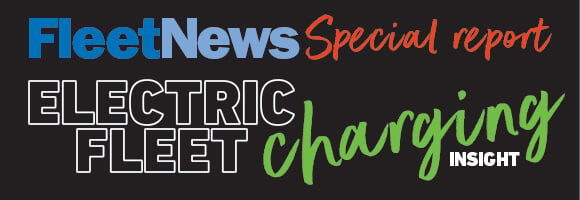




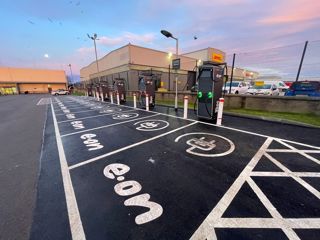
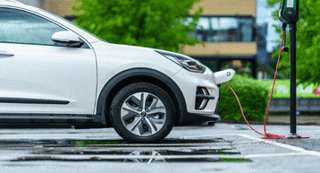

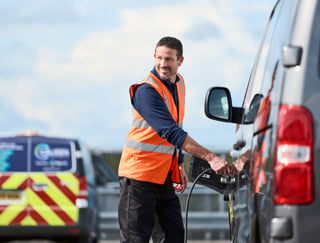
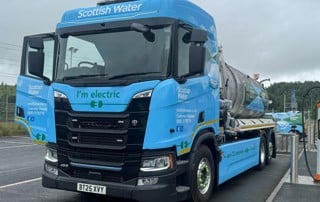











Login to comment
Comments
No comments have been made yet.